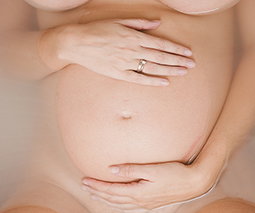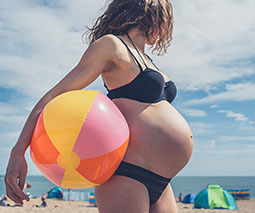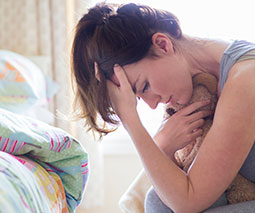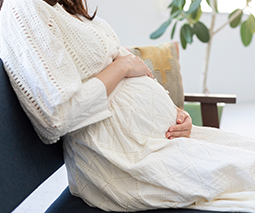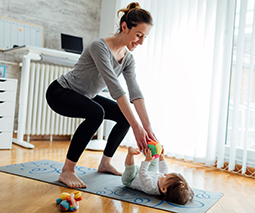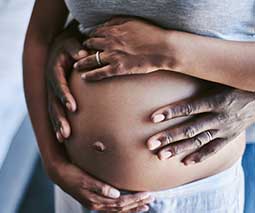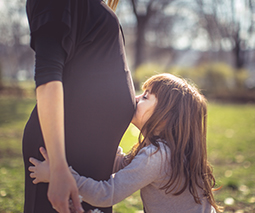Can’t stop the feeling: A guide to pregnancy’s pesky ‘restless leg syndrome’
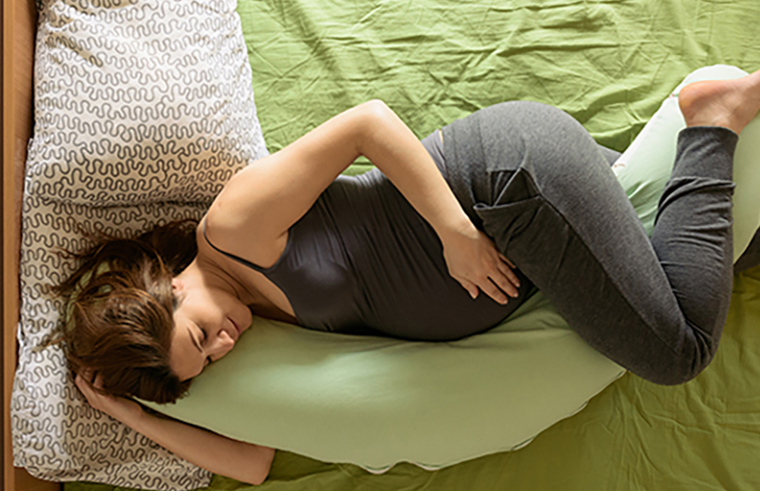
The wiggly discomfort of ‘restless leg syndrome’ (RLS) affects between 10 and 25 percent of exhausted, sleepless mums-to-be. Here’s a little bit more about this annoying affliction – and some ideas for how to keep it at bay and get some shut-eye.
What does RLS feel like?
RLS is characterised by an unpleasant tingling, crawling, squirming or creeping feeling in the sufferers legs and/or feet. Delightful, no?! Ugh.
It can also cause shooting pains, aches or burning and is accompanied by the urge to keep the legs or feet in motion. It is an often persistent problem that can drastically affect the sleep of sufferers. (Note that RLS is sometimes confused with nocturnal leg cramps, but is a different condition.)
RLS can be felt in both legs, or just one limb. Sufferers also may suffer ‘periodic limb movement disorder’ (PLMD). PLMD causes sudden jerking leg movements which can continue throughout the night and further interrupt sleep.
What causes RLS?
The current theory is that restless leg syndrome may be caused by a malfunction of the nervous system and issues with the sufferer’s dopamine pathways. Researchers have not yet found any abnormalities in the brains, nerves or muscles of any RLS sufferers, though. Here’s hoping they stick at it and we get some answers – and a definitive and safe cure – soon.
It’s also thought that hormonal changes during pregnancy may trigger RLS, but again, there’s no firm proof of this.
In other words … the jury is still out!
When does RLS happen and when will it stop?!
RLS can run in the family or it can crop up randomly in sufferers, especially during pregnancy. Occasionally, RLS is a symptom of another health issue such as iron deficiency, diabetes, anaemia, alcoholism or arthritis.
Interestingly, recent research has revealed that restless leg syndrome sufferers may be up to twice as likely to develop cardiovascular disease – things like coronary heart disease and stroke – than those who don’t have RLS. It’s definitely something to flag with your doctor, for future reference.
Around five out of every 100 people will experience RLS at some time – pregnant or not. RLS is most common in the third trimester of pregnancy though, and gets worse as the day goes on, peaking during the night.
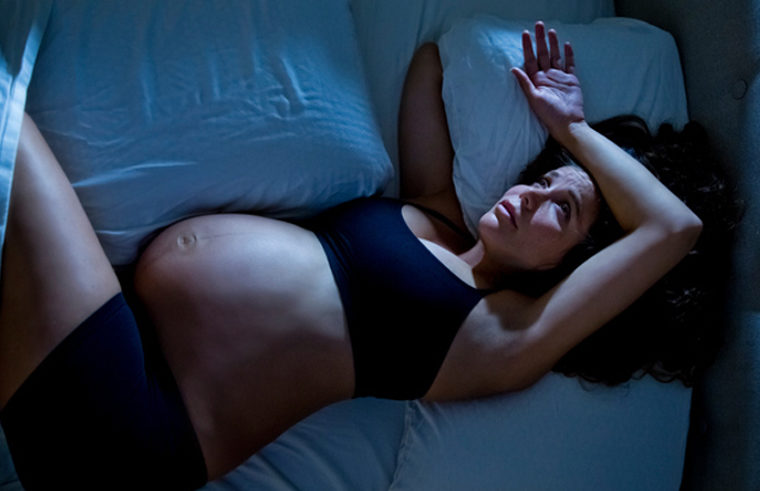
St Vincent’s Hospital reports that “in some cases it may be associated with high blood pressure during pregnancy, pre-eclampsia, delivery by caesarean section or depressed mood.”
Thankfully, RLS will usually disappear in the weeks following the birth.
Is there treatment for RLS?
There are a few ways to ease RLS and get some relief. Stretching or massaging your legs may help, as may walking around and getting the blood flowing to your legs. Often the symptoms return once you lie down, but some temporary relief is better than none at all, right?!
Here’s some other approaches that may help:
Exercise
Staying active and doing some gentle exercise during the day can help to minimise RLS. Some yoga, stretching or a massage before you turn in may also reduce the symptoms. Avoid exercise that elevates your heart rate for at least four hours before bedtime, to ensure you don’t hype yourself up instead of calming yourself down!
Reduce caffeine
You’ve probably already reduced or cut out caffeine and that’s excellent because its been known to exacerbate the symptoms of RLS. Good work! Avoid anything that may stimulate you and keep you – and your legs – awake.
Bedtime routine
When your baby is born, you’ll probably be implementing a night time routine for them, so why not put your own bedtime routine in place and give your body some relaxing and consistent cues?! Routine may help you fall asleep more easily and minimise those jerky wiggles and pains.
Distraction
Finding something else to focus on can help you tune out RLS, a little bit at least. This might mean listening to the radio or a podcast, or watching a movie as you drift off to sleep.
Compression tights
Compression tights may help to settle your RLS down. Chat to your GP or midwife about whether this might be the right treatment for you.
Heating or cooling packs
A hot or cold compress can help to temporarily relieve restless leg syndrome.
Extra supplements
Chat to your doctor or midwife about your pesky legs. They may have some ideas about supplements – such as iron and folate – and can check you for other possible RLS-causing problems, too.
Take a bath
Both cool and warm water can help to short-circuit RLS, so fill the tub and have a soak. It might help!
Extra help
If your RLS is affecting your sleep and leaving you exhausted, please chat to your GP or midwife about it. They can help – with supplements or in extreme cases, other medication.

